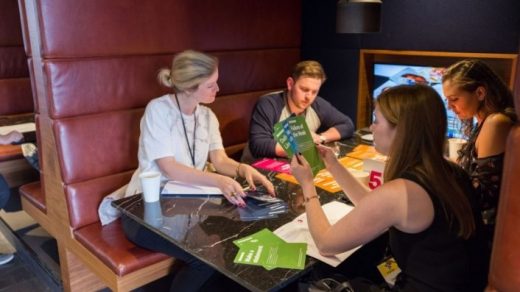Three Rules For Creating Workplace Rituals To Improve Company Culture
How can employees change their company’s engrained culture from within? SYPartners’ principal Joshua-Michéle Ross believes the deepest of corporate cultural transformations can start from even the tiniest, simplest steps.
At Fast Company’s 2017 Innovation Festival, Ross and Andy Chern, a strategy director at the leadership consultancy, pushed attendees to tackle the pain points stifling the cultures at their companies: the lack of agency and speedy decision-making at large-scale organizations; the tribalism that can often occur when disparate parts of the org don’t collaborate; the hesitancy to mess with the status quo.
Often, these can feel like daunting challenges that only C-level executives are empowered to address, but SYPartners, which has advised a wide range of brands from American Express to Starbucks, has found that bottom-up transformation can be just as potent as top-down corporate initiatives. Ross and Chern recommend that employees look to enact what they call “rituals,” small and tangible improvements to one’s workplace, which, when repeated over and over, will ideally become part of a company culture’s muscle memory. “It’s about redesigning the way people interact,” Ross says, “from an atomic level.”

What can these rituals look like? Of course, the endlessly cited example is Jeff Bezos’s two-pizza team rule, which limits the size of meetings at Amazon to the number of people that two pies would feed. Another ritual, developed by Flipboard and called “Mock O’Clock,” involves employees volunteering to hold informal, weekly demos of the projects they’re working on, to foster more collaboration. Ross and Chern say these rituals can run the gamut in style and substance. The point is, anyone at any level in the company should be able to come up with them, provided they’re thoughtfully implemented. Here are three tips on prototyping your own cultural rituals:
1: Rituals are actionable
Ross and Chern suggest looking for the right trigger to solve a problem your culture faces. If your organization is struggling with finding ways to make new employees feel welcome and a part of the team, figure out a specific, perhaps analog way to change that. Ideo, for example, holds a 10-minute “Tea Time” every Wednesday at their offices to get employees socializing, an obvious way to imbue team unity, but one that works far better than your typical HR email introducing a new hire. “What is a meaningful intervention that you can bring into your organization and start now?” Chern asks. “What can you do, without any permission necessary [from higher-ups], that you can just show up and try it with your team tomorrow?”

2: Make sure rituals solve a problem
Ross recommends not adding homework to your coworkers’ plates. If you’re considering proposing a new ritual, always ask the question, “What does it replace?” As Airbnb grew, employees were struggling with a growing number of internal meetings. The company developed a ritual of making sure it filmed all its own meetings and edits them down into digestible content that’s easy share, in case an employee wasn’t able to attend. To Chern, it’s about looking for moments where rituals can be inserted to eliminate a pain point–the stress of missing a meeting because you’re over-scheduled–and reshape company behavior.
3: Don’t let rituals make things worse
If you create a ritual and it doesn’t work, change them. Don’t let a poorly performing ritual become another bad habit ingrained in your company’s culture. Try a bunch out. Perhaps some work, but only for a certain amount of time. “It doesn’t mean you have to keep them forever—you can throw them out after a week or maybe a few months,” Chern says. “Rituals are not permanent things.”
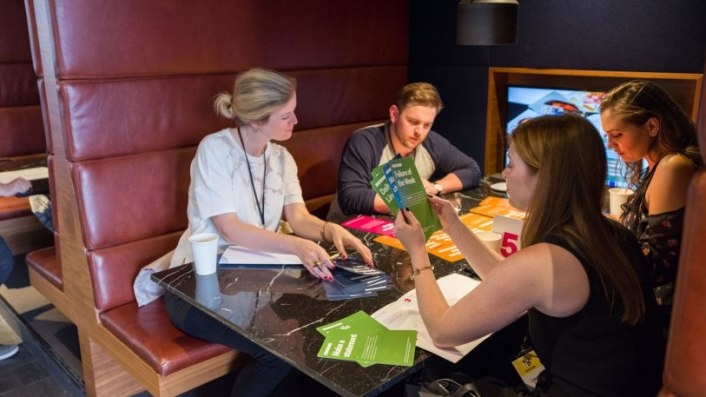
Ross and Chern recommend that employees look to enact what they call ‘rituals,’ small and tangible improvements to one’s workplace.
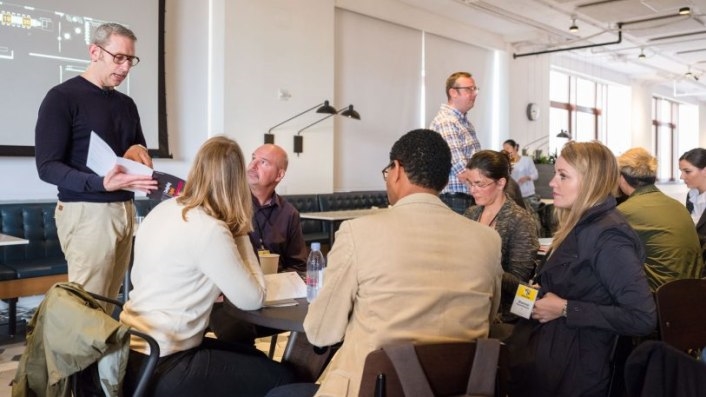
1: Rituals are actionable
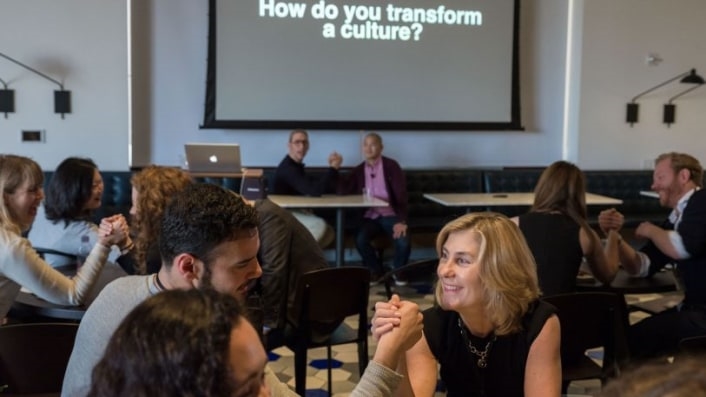
2: Make sure rituals solve a problem.
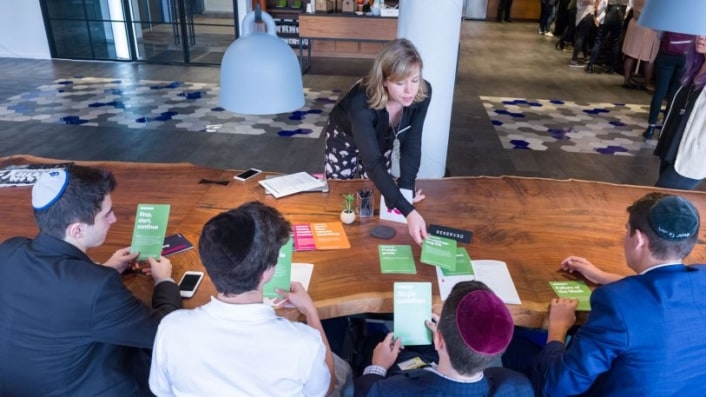
3: Don’t let rituals make things worse.
Fast Company , Read Full Story
(123)

